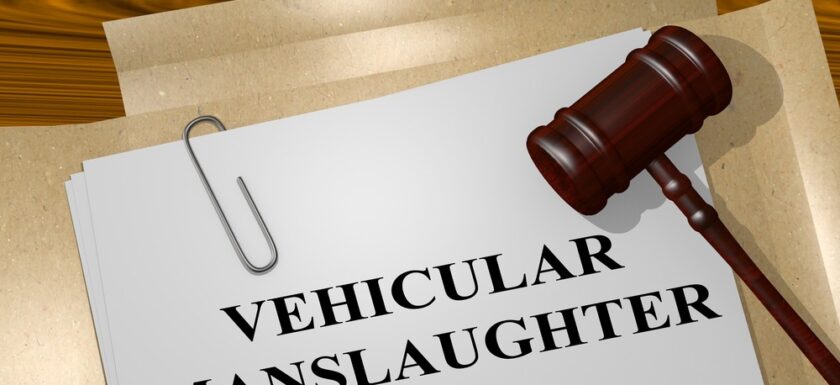Vehicular manslaughter, a grave and complex offense, involves the unintentional killing of a person due to the negligent or reckless operation of a vehicle. The severity of the charge and the associated penalties can vary significantly depending on the jurisdiction and the specific circumstances surrounding the incident. This article aims to shed light on the legal definitions of vehicular manslaughter and the potential penalties one might face if convicted.
Legal Definitions
Vehicular manslaughter, also known as vehicular homicide, is generally classified into two main categories: gross negligence and simple negligence. Gross negligence implies a severe degree of recklessness or carelessness that shows a blatant disregard for human life. An example of this might be driving under the influence of alcohol or drugs, street racing, or engaging in other hazardous driving behaviors. On the other hand, simple negligence involves a lesser degree of carelessness, such as a momentary lapse in attention or failure to obey traffic laws that results in a fatal accident.
Different jurisdictions have varying definitions and classifications for vehicular manslaughter. For instance, in some states, gross vehicular manslaughter while intoxicated is treated as a more serious offense than simple vehicular manslaughter. Moreover, the legal language and the burden of proof required to establish negligence or recklessness can differ, influencing how charges are prosecuted and defended in court.
Penalties
The penalties for vehicular manslaughter can be severe, reflecting the serious nature of the crime. They typically include a combination of imprisonment, fines, and the suspension or revocation of the offender’s driver’s license. In cases of gross negligence, the convicted individual may face several years of imprisonment. For instance, in California, gross vehicular manslaughter while intoxicated can result in a sentence of up to 10 years in state prison. Additionally, fines can range from thousands to tens of thousands of dollars, depending on the jurisdiction and the specifics of the case.
Beyond the immediate legal penalties, individuals convicted of vehicular manslaughter may also face civil lawsuits from the victim’s family. These lawsuits can result in substantial financial settlements or awards, further compounding the consequences of the crime. Furthermore, a conviction can have long-lasting effects on one’s personal and professional life, including difficulties in finding employment and social stigma.
Defenses
Defending against a charge of vehicular manslaughter can be complex and requires a thorough understanding of the law and the specific circumstances of the case. Common defenses include disputing the prosecution’s evidence of negligence or recklessness, demonstrating that the defendant’s actions did not directly cause the fatality, or showing that external factors, such as mechanical failure or adverse weather conditions, played a significant role in the incident.
Legal representation is crucial in these cases, as an experienced attorney can help navigate the intricacies of the legal system, gather and present evidence, and advocate on behalf of the defendant. They can also negotiate plea deals or lesser charges, potentially reducing the severity of the penalties.
Conclusion
Vehicular manslaughter is a serious offense with significant legal and personal consequences. Understanding the legal definitions and potential penalties is essential for anyone facing such charges. The complexities of these cases underscore the importance of skilled legal representation to ensure a fair trial and just outcome. As highlighted by legal expert Hart J Levin, navigating the nuances of vehicular manslaughter cases requires a detailed and knowledgeable approach to ensure the best possible defense.
By gaining a deeper insight into the intricacies of vehicular manslaughter, individuals can better appreciate the gravity of this offense and the importance of responsible driving behaviors to prevent such tragedies.
